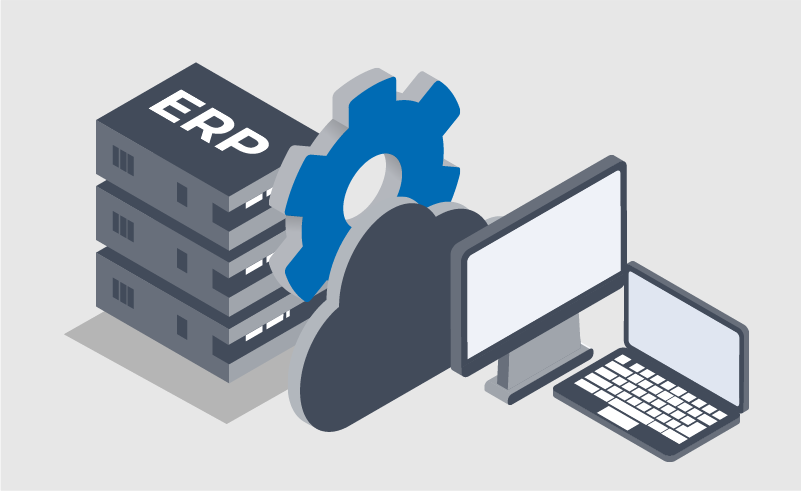Document management is more relevant now than ever. Why? Well, it is precisely because of how work culture has shifted from being almost entirely dependent on a physical workspace to now being more flexible and adaptable. To put it another way: work is not just 9 to 5 anymore. Instead, the trend is now toward a convenient and balanced lifestyle. It’s a more nuanced concept that allows for greater specificity.
From a business point of view, digital document management comprises the ability to not recreate, but redefine existing business processes. Documents contain information, and information is a crucial asset for any company. Therefore, proper management is necessary to render complete control over information.
The essence of document management
In a workplace, documents play a major role no matter the process at hand. Be it manufacturing, supply chain, or even sales, documents validate the beginning, and the completion of a process. The number of documents being circulated at any given moment can become unfathomable and is even more complex to keep track of. The construct behind physically handling documents is costing companies way more than they save by not going digital. Apparently, time wasted on documentation challenges are costing organization on an average almost $20,000 per employee, per year (1).
Here, two driving factors highlight the importance of document management in digital transformation: ease in accessibility and total time savings. In a paper-reliant organization, almost 83% of employees waste their time recreating documents that already exist but can’t be found in the company network. Furthermore, manual document management issues account for a loss of more than 21% of overall productivity (2).
To keep up with the growing needs of customers and maintain a competitive market edge, your business can revitalize its core aspects. This can include digitizing document creation, processing, and storage. A digitized workflow allows you to expand beyond typical constrictions. Because of this, employees can function just as efficiently from a remote working location as they would in a traditional office.
Authorization restrictions can ensure that even if data is being accessed from outside the office network, it is still secure and safe. Documents can be organized per business requirements, too, making searching a matter of seconds instead of minutes.
Having a digital document management solution also helps address compliance standards that pertain to both internal and external business processes. The time you save on having to constantly recreate and process compliant business documents can be directed towards analysis instead. The available data can then be used further for collaborative decision-making.
What lies beyond document management
In today’s era of rapidly advancing technologies, companies have to deal with overwhelming amounts of data. World business leaders are quickly recognizing the benefits at stake specifically pertaining to document management. Documents play a major role in financial, banking, and even manufacturing industries where the need for digitization is dire.
Leading organizations now realize that effective document management can account for the entire document lifecycle, including information and data management as well. This gives rise to what we can consider the emergence of intelligent document management. Moving forward, we will see the growing implementation of technologies like Artificial Intelligence (AI), the Internet of Things (IoT), machine learning, Robotic Process Automation (RPA), and more. How will their convergence help you ease into innovative document management, and of course, digital transformation?
Resources
https://www.gonitro.com/blog/7-facts-will-make-rethink-document-management
https://financesonline.com/cloud-file-document-management-statistics/


